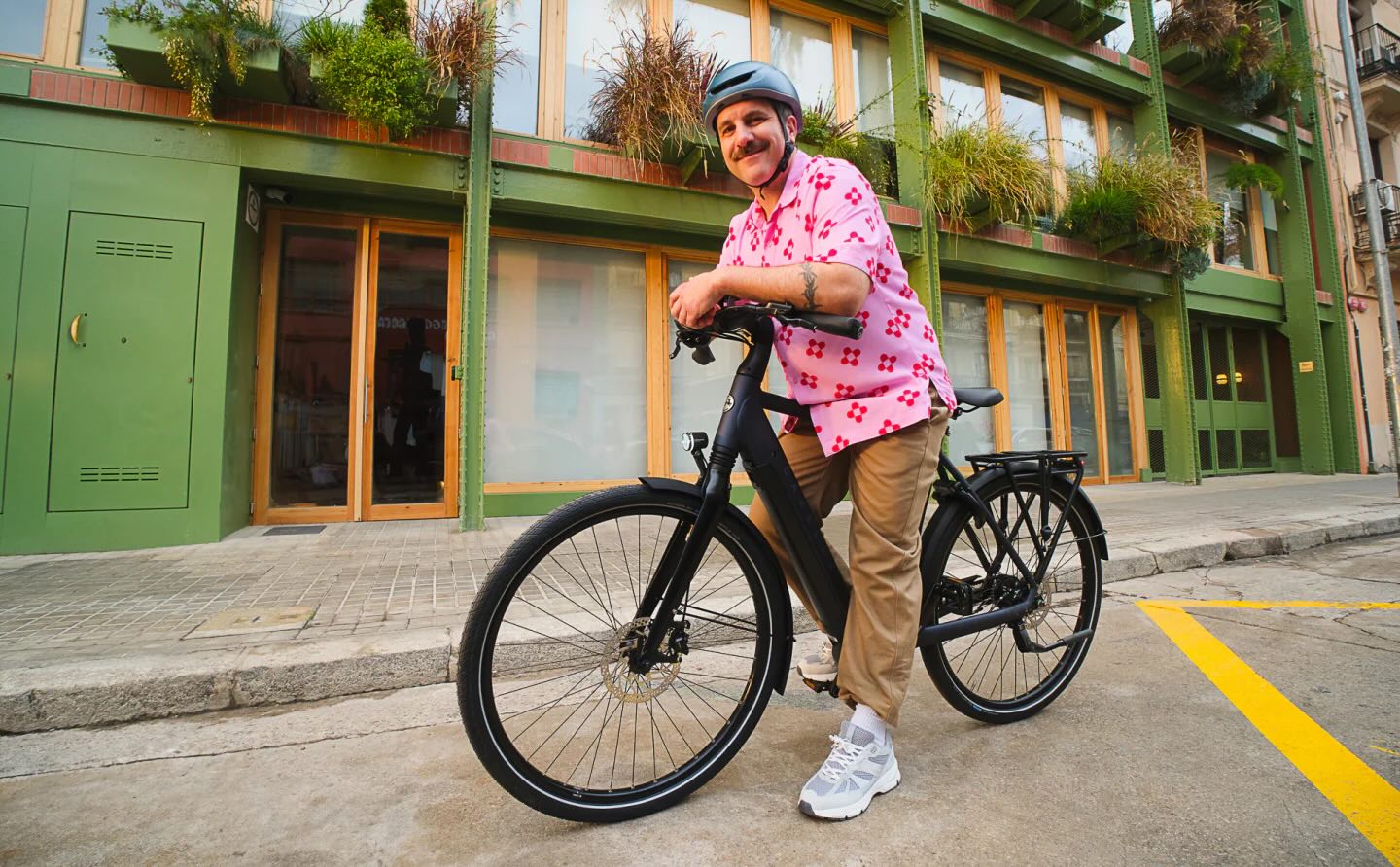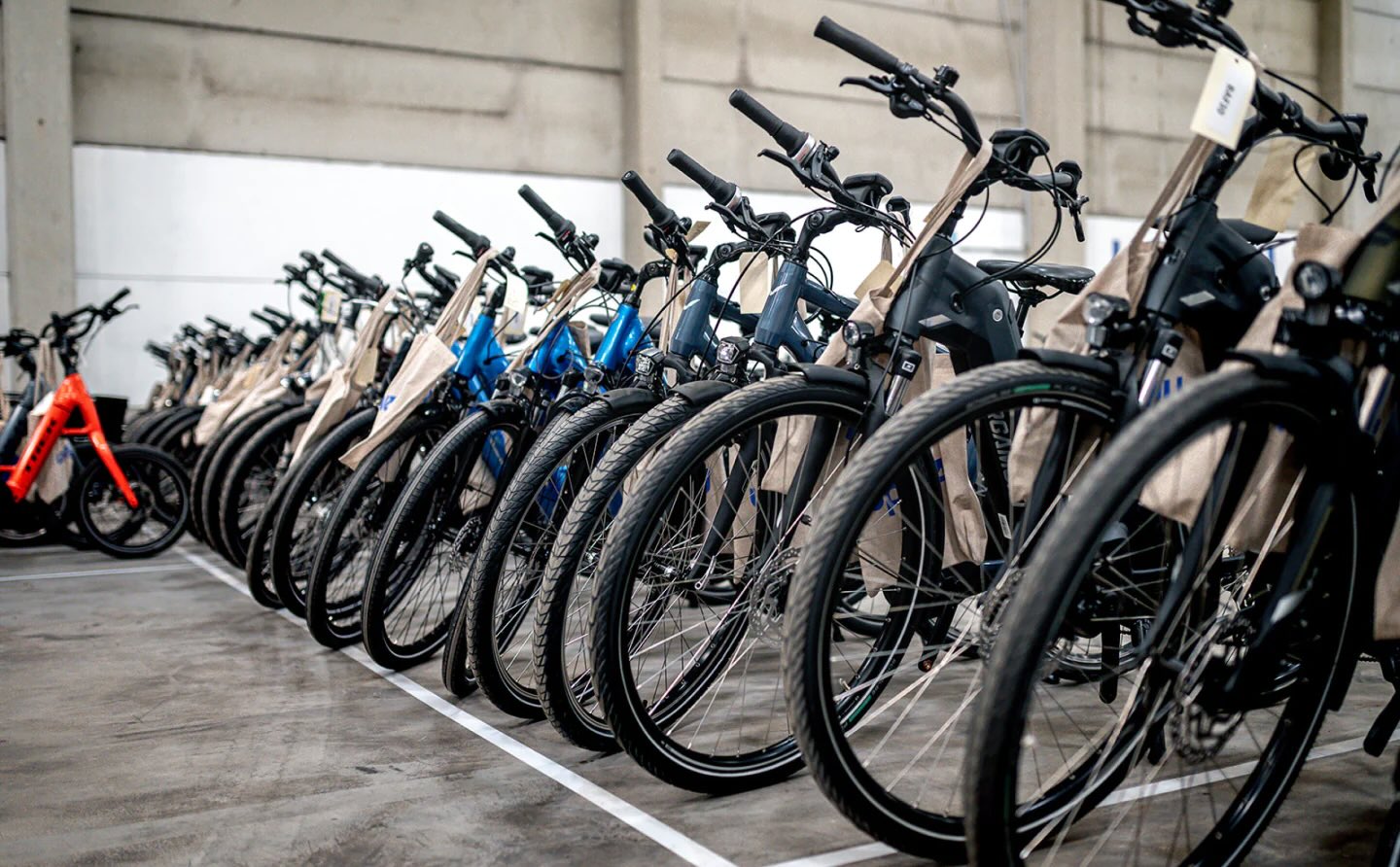Nearly nine months after Hurricane Helene pummeled a small North Carolina town, community members are still having a hard time getting fresh food.
What's happening?
Located in Buncombe County in the western part of the state, Swannanoa is home to just over 5,500 people. According to NPR, the one grocery store in town was closed after Hurricane Helene.
In the meantime, a local nonprofit, Bounty and Soul, has been providing residents with fresh produce in a church parking lot. Deputy Director Paula Sellars said the organization will continue to serve people during their time of need.
"Swannanoa is a food desert," Sellars said. "Fresh food in this little Swannanoa region is very difficult to come by. The Ingles grocery store that is located in Swannanoa did get flooded out. They had major impacts and it's unclear if or when they are going to restore that store to functionality."
Sellars said food insecurity was already a problem in the region prior to the storm but that Hurricane Helene escalated the issue. It's one of many concerns as the community recovers.
Why is Hurricane Helene's impact on food supply important?
Swannanoa isn't the only town in Western North Carolina whose food supply was impacted by Hurricane Helene. In fact, one report about 900 small-scale, family-owned farms in the region found that 86% sustained physical damage from the storm.
Extreme weather events such as Hurricane Helene are a concern worldwide because of the changing climate. While extreme weather has always happened, human activities that produce heat-trapping pollution have increased the intensity and frequency of events such as wildfires and tornadoes. Hurricanes are becoming more severe but not happening more often.
The overheating planet can also affect growing conditions for crops. Changes in temperature and precipitation are impacting agricultural productivity as farmers adjust to new climates, per the Environmental Protection Agency.
What's being done to combat extreme weather?
Scientists have sounded alarms about the urgency of finding ways to protect communities from devastating weather. Massachusetts Institute of Technology researchers even developed an artificial intelligence tool that predicts flooding ahead of time. However, reducing the amount of polluting gases released into the atmosphere remains the best way to combat extreme weather.
Installing solar panels alongside battery storage is a great way for homeowners to protect their properties while also reducing their carbon footprints. EnergySage provides a free service that allows homeowners to compare quotes from installers and even save up to $10,000 on solar installations.
|
What is the biggest reason you don't grow food at home? Click your choice to see results and speak your mind. |
Join our free newsletter for easy tips to save more and waste less, and don't miss this cool list of easy ways to help yourself while helping the planet.












